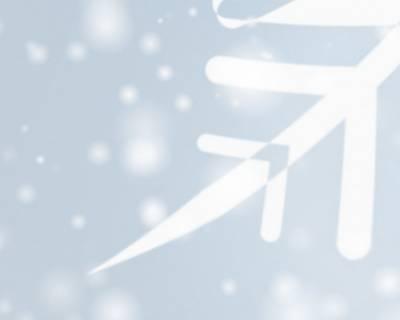search
| acupoint | Xiaochangshu |
| meridian | foot taiyang bladder meridian |
| international code | BL27 |
bubble_chart Category _en.webp)
small intestine back transport point.
bubble_chart Etymology
The point corresponds to the small intestine and is the small intestine back transport point.
_en.webp)
Xiaochangshu (BL27) acupoint
(adapted from "Meridians and Acupoints")
(adapted from "Meridians and Acupoints")
The sacrum opens 1.5 cun lateral to the median sacral crest, at the same level as the first posterior sacral foramen. When Shangliao (BL31) is lateral, in the depression between the posterior superior iliac spine and the sacrum.
- Zhenjiu Jiayi Jing: "One cun and five fen on each side below the eighteenth vertebra."
- Muscle: Between the origin of the erector spinae and the origin of the gluteus maximus.
- Nerves: lateral branch of the posterior branch of the first sacral nerve, posterior branch of the fifth lumbar nerve.
- Vessel: lateral branch of the posterior branch of the lateral sacral artery and vein.
Perpendicular insertion 0.5~1.5 cun. Moxibustion with moxa cone 3 to 7 times, moxibustion with moxa stick for 10 to 15 minutes.
Tongtong small intestine, clear draining dampness heat.
- Classical: small abdominal pain, strong back pain, yellow and red urine, dry mouth, diarrhea, pus and blood in the stool, difficulty urinating, hemorrhoid pain, leukorrhea, dripping urine, enuresis, headache, summerheat stroke, seminal emission, constipation, consumptive thirst.
- Modern: sacroiliitis, enteritis, pelvic inflammation.
- Lumbar hernia: Xiaochangshu (BL27), Zhonglushu (BL29), Baihuanshu (BL30).
- Difficulty in urination and defecation, stranguria: Changqiang (GV1), Xiaochangshu (BL27).
- Wind-dampness-like spondylitis: Dazhui (GV14), Pishu (BL20), Shenshu (BL23), Xiaochangshu (BL27), corresponding to Jiaji (EX-B2).











